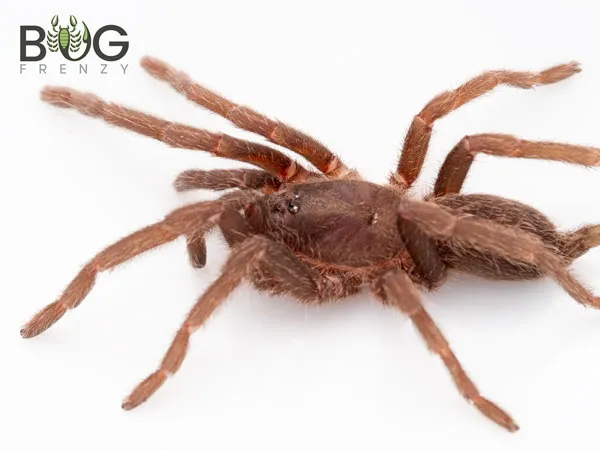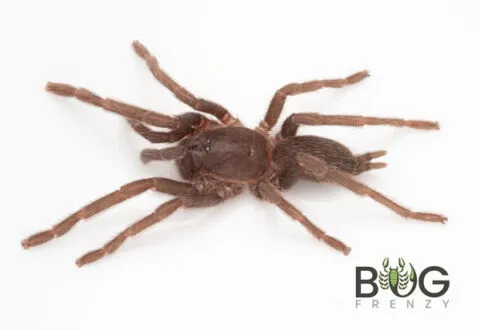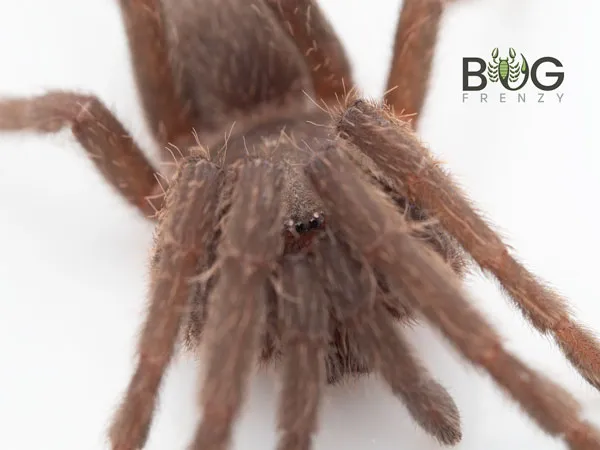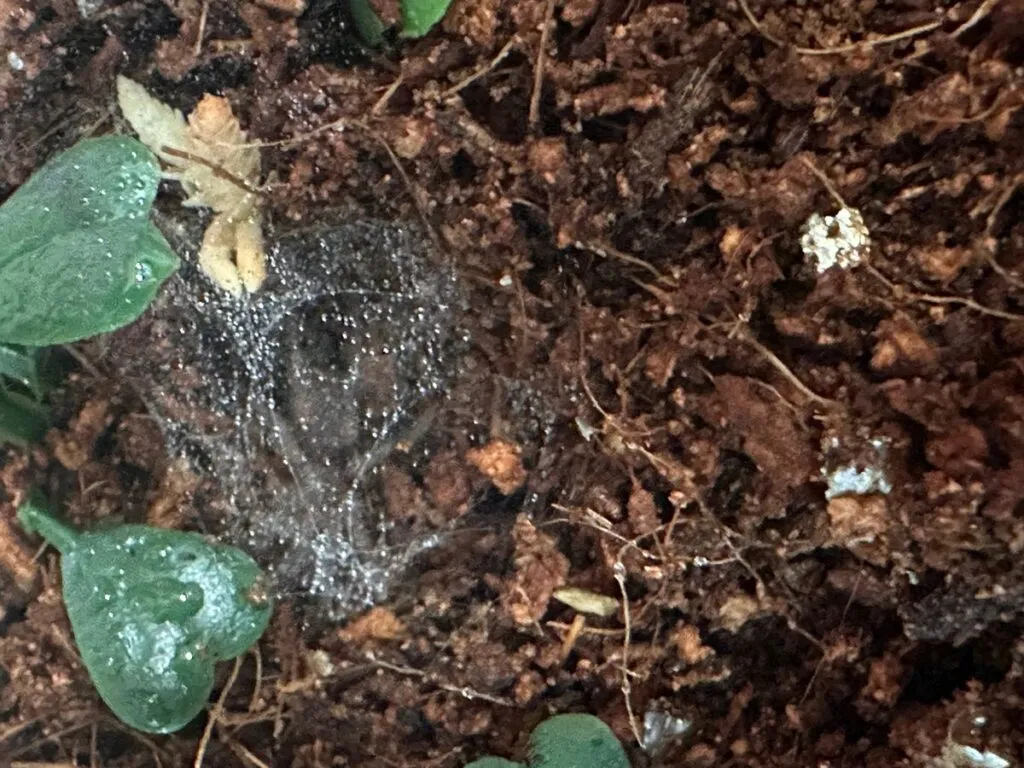Pygmy Tarantula Top 7 Facts You Need to Know
The pygmy tarantula, a fascinating creature in the arachnid world, has captured the attention of both hobbyists and researchers alike. These small but captivating spiders offer a unique glimpse into the diverse world of tarantulas. This article will delve into seven essential facts, offering an insightful overview of these intriguing creatures, from their physical characteristics and natural habitats to their behavior and conservation status. Whether you’re a seasoned arachnid enthusiast or a curious beginner, the following facts will provide a comprehensive understanding of the pygmy tarantula and its place in the ecosystem.
What is a Pygmy Tarantula?
The term ‘pygmy tarantula’ doesn’t refer to a single species but rather to several smaller tarantula species. They are generally characterized by their relatively small size compared to other, more commonly known tarantulas. These arachnids belong to the Theraphosidae family, sharing the key characteristics of their larger cousins, such as eight legs, two body segments (cephalothorax and abdomen), and fangs used to inject venom. Despite their diminutive size, pygmy tarantulas possess the same fascinating behaviors and adaptations that make all tarantulas such captivating creatures. Understanding their classification is important as it helps clarify that ‘pygmy tarantula’ describes a group of species, each with its own unique traits, rather than a single distinct species.
Appearance and Size of Pygmy Tarantulas

Pygmy tarantulas are distinguished by their small size, with adult body lengths typically ranging from 1 to 3 inches. Their coloration varies depending on the species, but they often feature shades of brown, black, and sometimes reddish hues. Their bodies, like those of all tarantulas, are covered in hairs that serve sensory purposes. These hairs help them detect vibrations, air currents, and other environmental changes. Compared to the larger tarantula species, their smaller size and often less striking coloration make them unique. Their delicate features and compact size contribute to their appeal as a pet for those seeking a smaller, less intimidating tarantula.
Habitat and Distribution of Pygmy Tarantulas
Pygmy tarantulas are found in various habitats, often in tropical or subtropical regions. They typically inhabit areas with moderate humidity and temperatures, such as leaf litter, burrows, or under rocks. Specific distribution varies by species, with some pygmy tarantulas native to the Americas, while others are found in Asia or Africa. Their habitat preferences underscore the importance of understanding their natural environment to provide the correct care in captivity. Ensuring a suitable habitat is critical for their survival and well-being, and it helps replicate the conditions they are accustomed to in the wild. This includes maintaining appropriate humidity, temperature, and providing suitable hiding places, such as cork bark or artificial plants.
Behavior and Temperament
Pygmy tarantulas, like most tarantulas, are primarily nocturnal creatures, most active during the night. Their temperament varies depending on the species, but they are generally less defensive than some of their larger counterparts. When threatened, they may flick urticating hairs from their abdomen as a defense mechanism. They are not prone to biting, but this is still possible if they feel threatened. In captivity, their behavior can be observed through feeding habits, burrowing activities, and interactions with their environment. Their calm demeanor and interesting behaviors make them suitable for responsible pet ownership. Careful handling is advised due to their delicate nature.
Diet and Feeding Habits

Pygmy tarantulas are carnivorous, their diet mainly consisting of small insects like crickets, mealworms, and roaches. In the wild, they will also consume other small invertebrates. Feeding frequency depends on the tarantula’s size and age. Young tarantulas require feeding more frequently than adults. As they grow, their feeding requirements diminish. A varied diet is best to ensure proper nutrition, providing the tarantula with essential nutrients. It is crucial to remove any uneaten food after 24 hours to maintain a clean and healthy enclosure. Clean, fresh water should always be available, usually provided in a shallow dish or through a sponge.
Lifespan and Reproduction
The lifespan of pygmy tarantulas varies, but typically, females live longer than males. Females can live for several years, sometimes up to 10 years or more in captivity, while males usually live for a few years after reaching maturity. Reproduction in pygmy tarantulas involves a mating process, where the male deposits sperm into a web and transfers it to the female. The female then lays eggs in an egg sac, which she fiercely guards until the spiderlings hatch. Raising pygmy tarantulas requires careful attention to environmental conditions, including proper temperature and humidity, to ensure successful breeding and development of offspring. The process offers insights into the intricacies of their life cycle, highlighting the resilience of these fascinating creatures.
Conservation Status and Threats
The conservation status of pygmy tarantulas can vary. Some species may be vulnerable or threatened due to habitat loss, deforestation, and the pet trade. Deforestation reduces the availability of suitable habitats, limiting their ability to thrive. The pet trade, while contributing to their popularity, can also pose a threat if unsustainable collection practices are in place. Raising awareness about their conservation needs is important. Responsible pet ownership, supporting conservation organizations, and advocating for habitat preservation are important steps in protecting pygmy tarantulas for future generations. These small creatures play an essential role in their respective ecosystems.
Why Are Pygmy Tarantulas Popular Pets?

Pygmy tarantulas are popular pets for various reasons. Their small size makes them manageable for keepers with limited space. Their relatively calm temperament, compared to some larger tarantulas, appeals to those seeking a less intimidating pet. Their unique appearance and interesting behaviors add to their attraction. They offer an engaging hobby for those interested in observing arachnids. Owning a pygmy tarantula can be a rewarding experience, requiring dedicated care and observation. Their increasing popularity highlights the growing appreciation for these miniature marvels.
